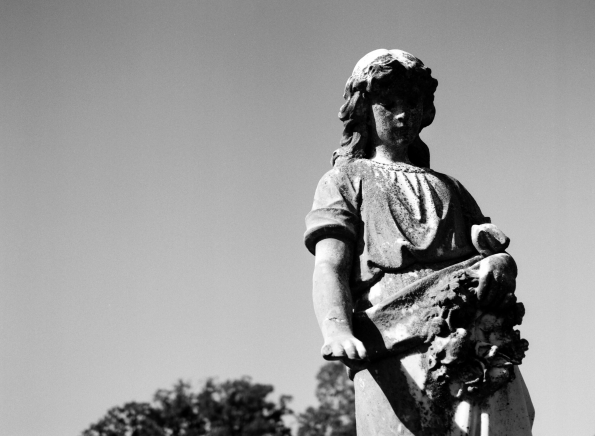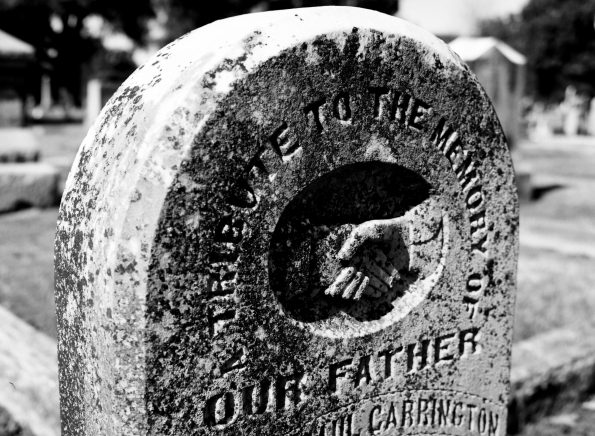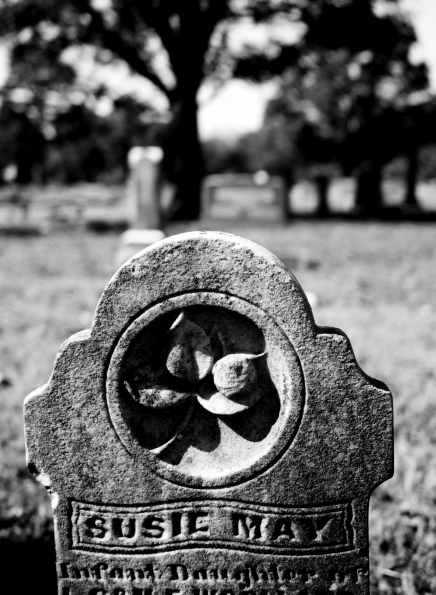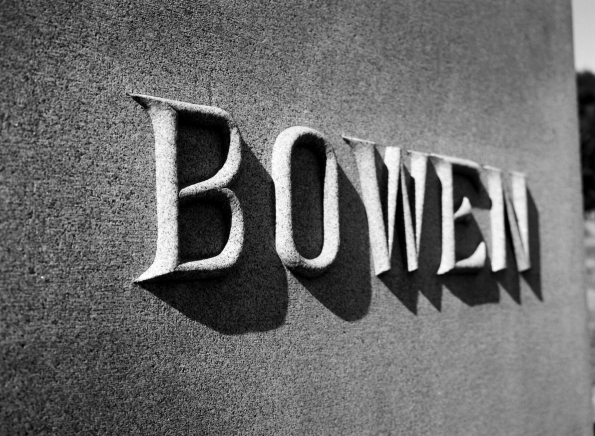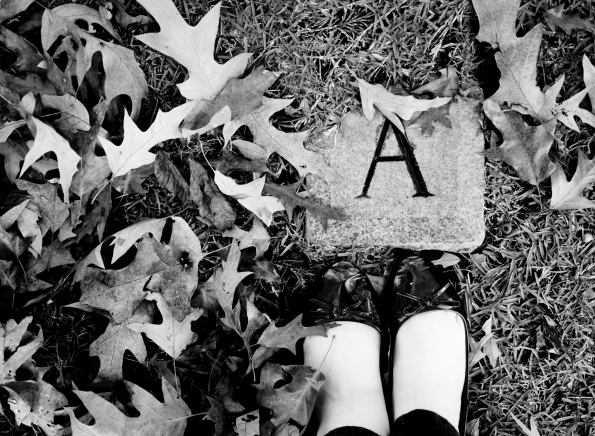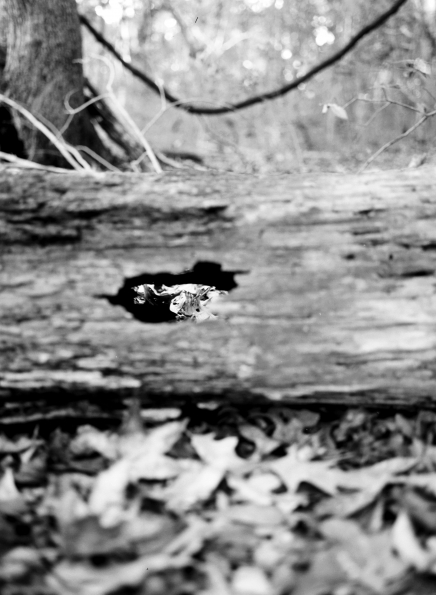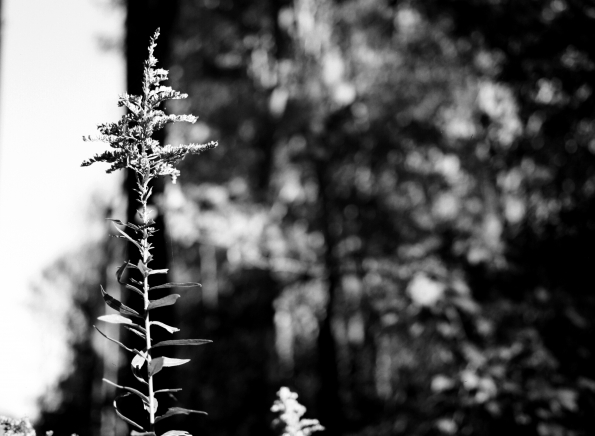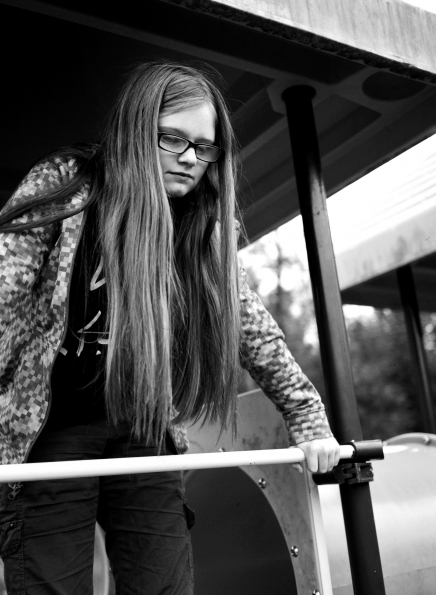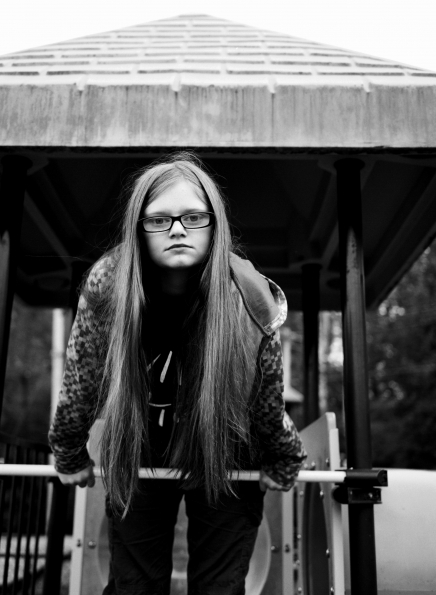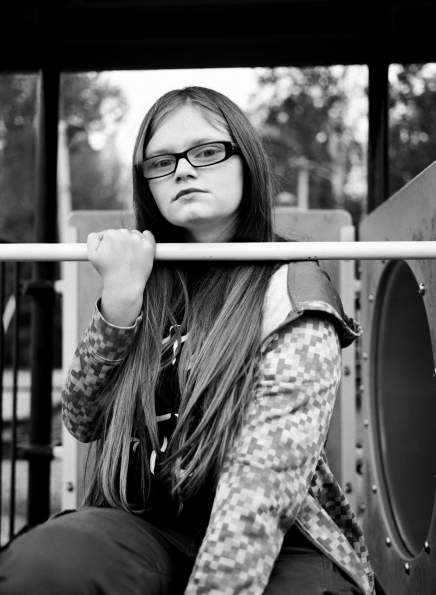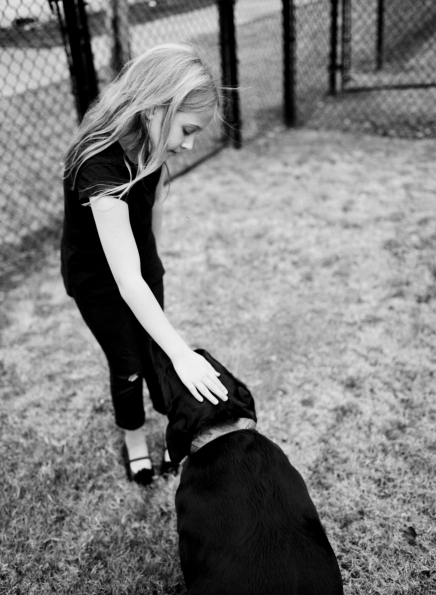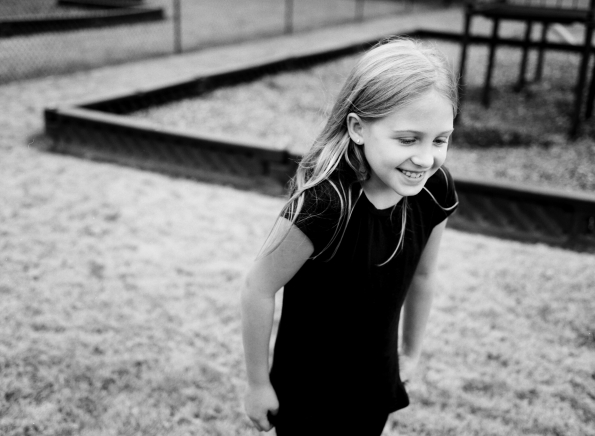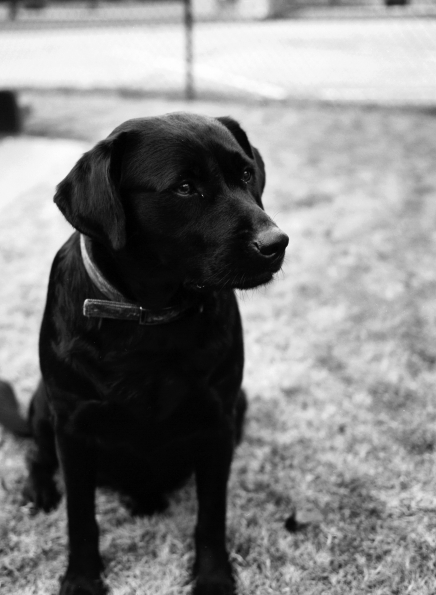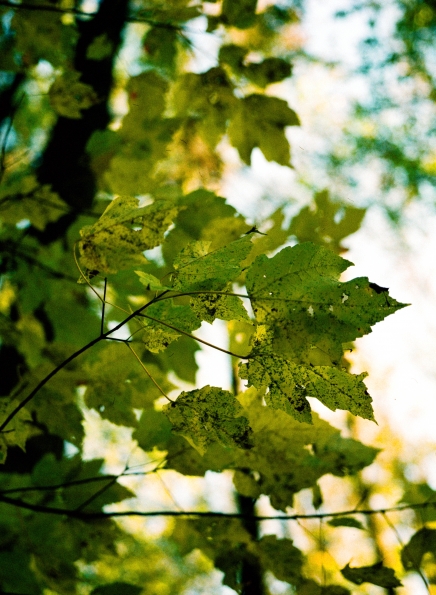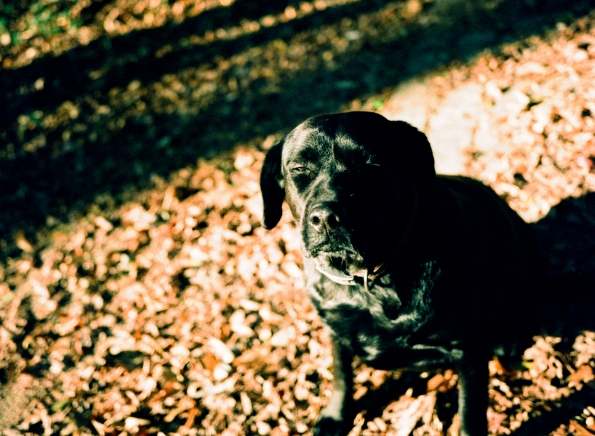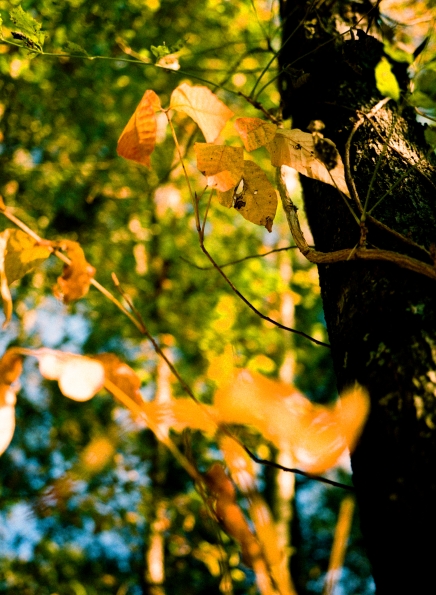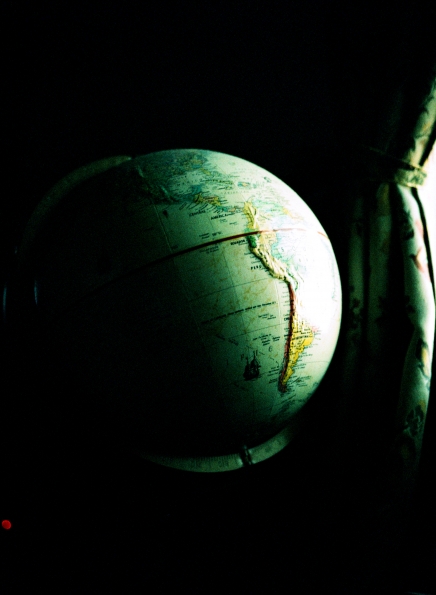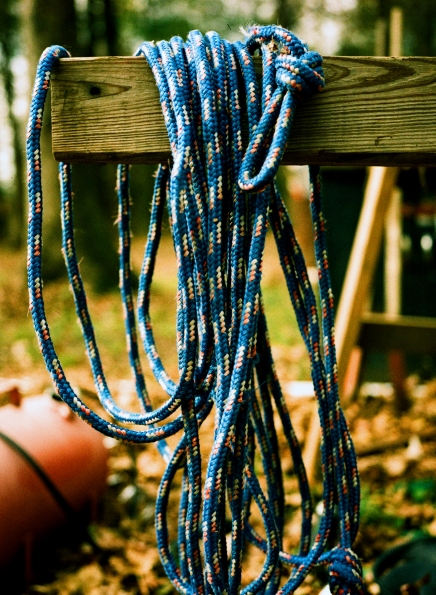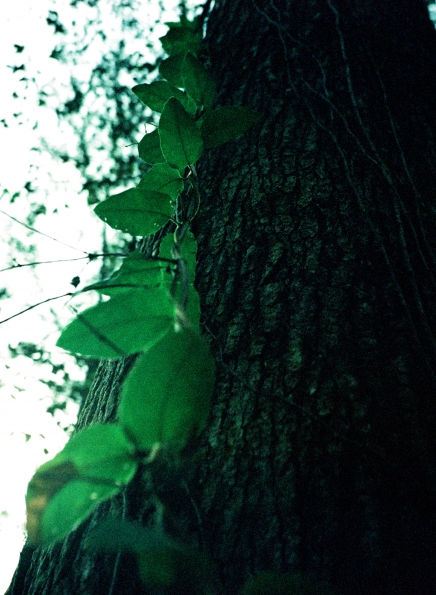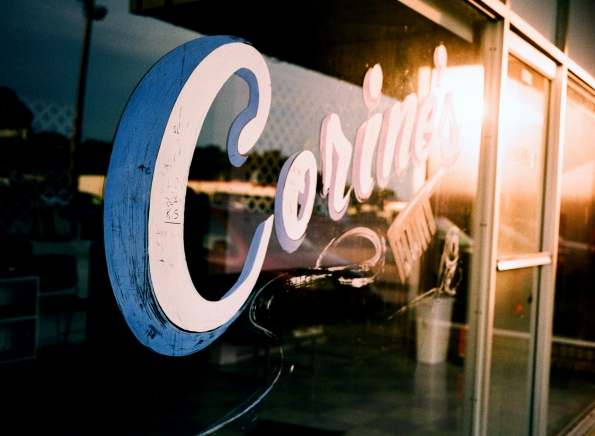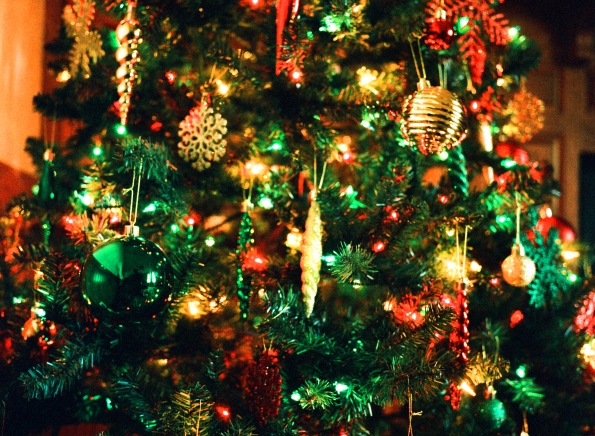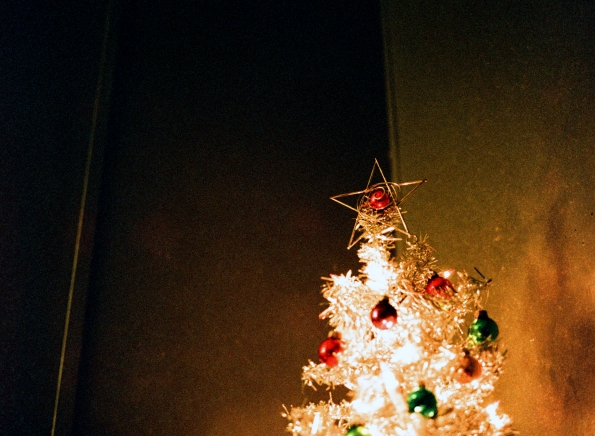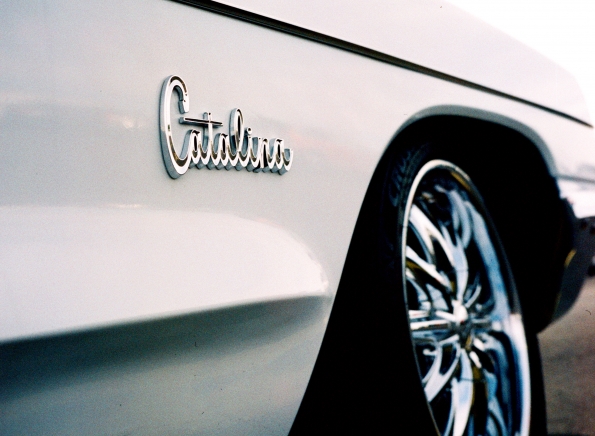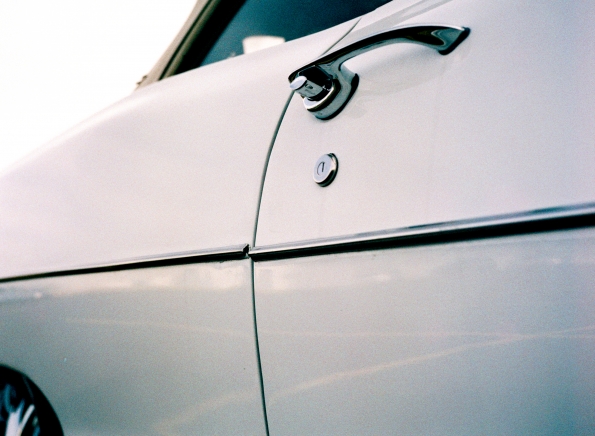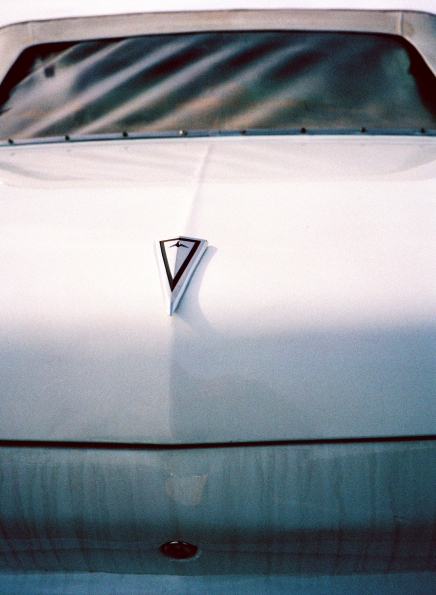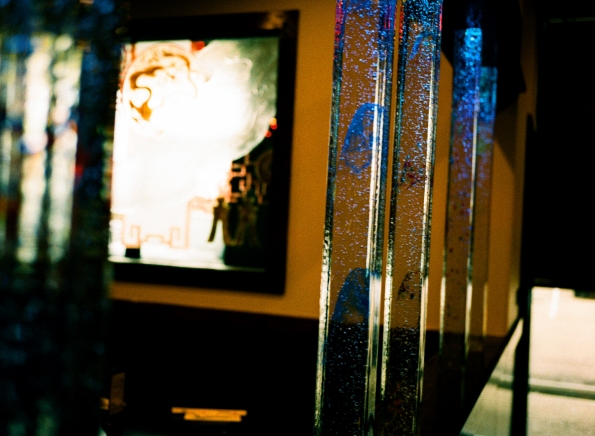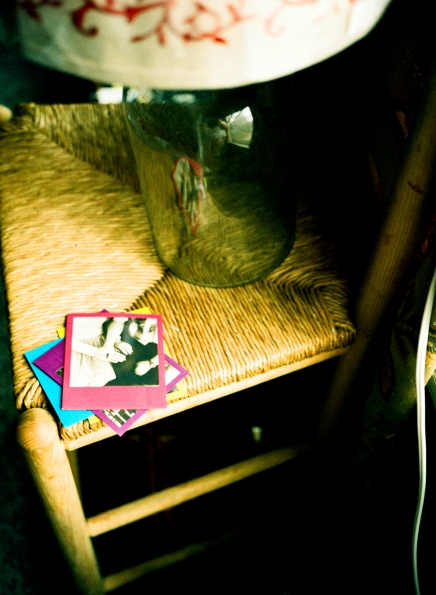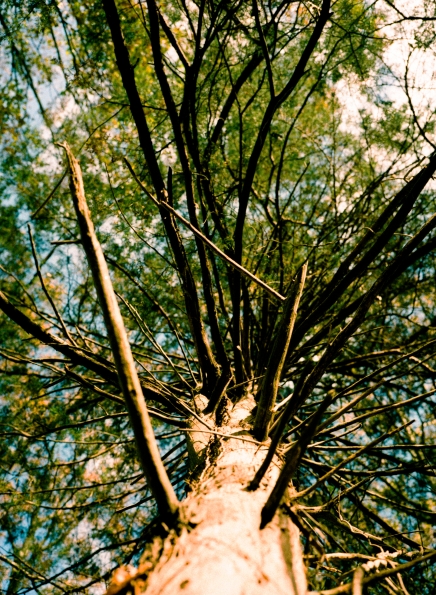My first SLR was a Ricoh Singlex TLS, which wasn’t a proper name brand, but it took a very common lens mount called m42. I have had various m42-mount cameras over the years, but since I have been using Nikon film cameras the last several years, my m42 cameras and lenses have fallen into disuse. I had a mind to change that here of late, so I started looking at m42 cameras again. There are so many brands with that lens mount, you’re actually spoiled for choice if you decide to buy one! I have a Praktica that I like but which needs a new focusing screen (I kind of tried cleaning the one it had and things went very wrong…) Rather than investing in a new screen for my existing Praktica, I happened upon a different model for a steal! I seriously got this camera body for $7.50. Isn’t that crazy! I didn’t need to buy a lens with the camera because I already have numerous ones.
 Photo of the Praktica MTL 5, taken with an Olympus Stylus Epic
Photo of the Praktica MTL 5, taken with an Olympus Stylus Epic
The Praktica MTL 5 is pretty basic. It will run without batteries, but it does have a built-in meter that needs a mercury battery that is no longer legal in most places. I initially tried to adapt a smaller battery (of the proper voltage) to fit in the camera, but the meter needle was jumpy (meaning I didn’t know if its readings would be accurate.) I eventually bought a battery called a WeinCell that is actually meant as a replacement for the outlawed mercury one that the MTL 5 needs. Unfortunately, the meter needle was still pretty jumpy. Compared to meters in cameras that I knew gave accurate readings, the Praktica seemed to be about a stop too fast (meaning it would underexpose the photos if I shot film at the “box speed.”) I decided to just go ahead and shoot a test roll to see how well the meter was working anyway. Because I was worried the photos would be underexposed, I shot most of the roll at 50 instead of the film’s actual ISO of 100 to compensate for the meter’s inaccurate readings.

One of my frequent camera test subjects lately ^^^

My sister’s kitchen decor

My sister’s dining room table

The rope: another frequent test subject

David recommended I read Jaws *eep!*
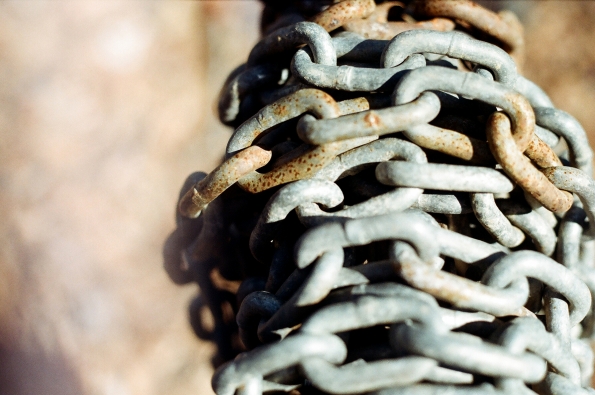

Scanning prints for blogs which I have since published (Olympus Stylus Epic, Fuji Mini 90)

^^^my sister’s life philosophy

Cookies and cream cake I made at work

Afternoon spent alternating between crocheting and reading, whilst drinking tea


First signs of spring


Super charged


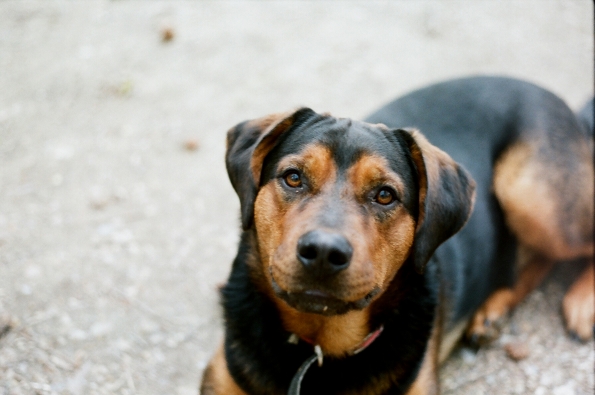
Wyatt!


“This is what a strawberry tastes like!” after having subpar strawberries for so long, I had forgotten what they should really taste like.
(taken with a my shortest macro extension tube attached to the lens.)

Praktica MTL 5 • Fujinon 55mm/1.8 lens • Lomography Color Negative 100 film
Conclusion:
Well, the thing that makes photos good or bad is usually the lens. The lens I used for these Praktica test photos is one of my favorites, and it certainly proved itself worthy of being held in high regard by me! The MTL 5 though? I can tell that a lot of the photos were a little overexposed, so I probably should have stuck with shooting the film’s actual ISO. And, yes, the exposures were pretty good, but the meter needle still didn’t give me a very confident feeling that it was giving me accurate readouts. I mostly had to use my intuition/experience to decide whether or not I trusted what the meter was telling me at any given time. Because I didn’t feel comfortable with the meter, I actually ordered another m42 before I got this film back. Perhaps I shouldn’t have jumped the gun, since these photos were not wildly under or over exposed. However, if I’m out shooting with a camera, I don’t want to feel iffy about the exposures the meter is indicating, and buying a second camera made sense to me (especially at such low prices!) I won’t be tossing the MTL 5 by the wayside though, I’m sure. I liked using it a lot!

 Pinhole exposure
Pinhole exposure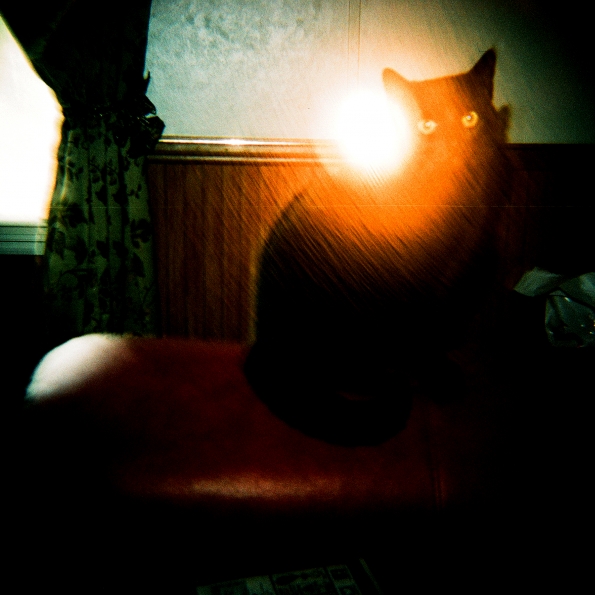 This is my newly-adopted cat, Sonja. My first time using the flash for this camera. I don’t know what the bright orb in the photo is about. Freaky, huh?
This is my newly-adopted cat, Sonja. My first time using the flash for this camera. I don’t know what the bright orb in the photo is about. Freaky, huh?


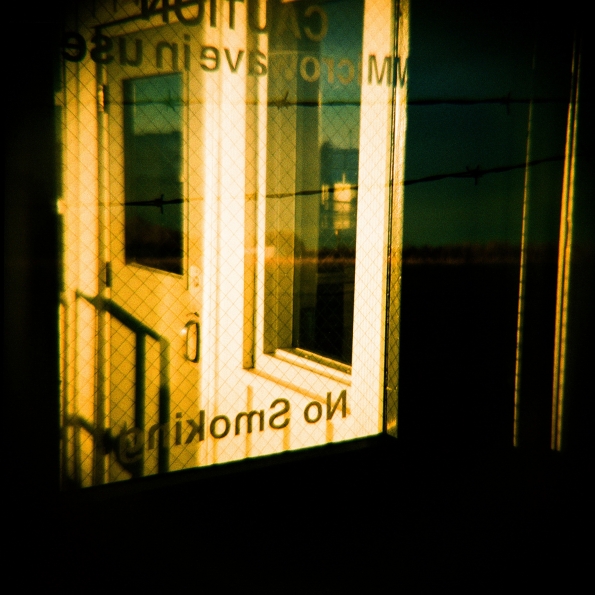
 Another intentional double exposure
Another intentional double exposure
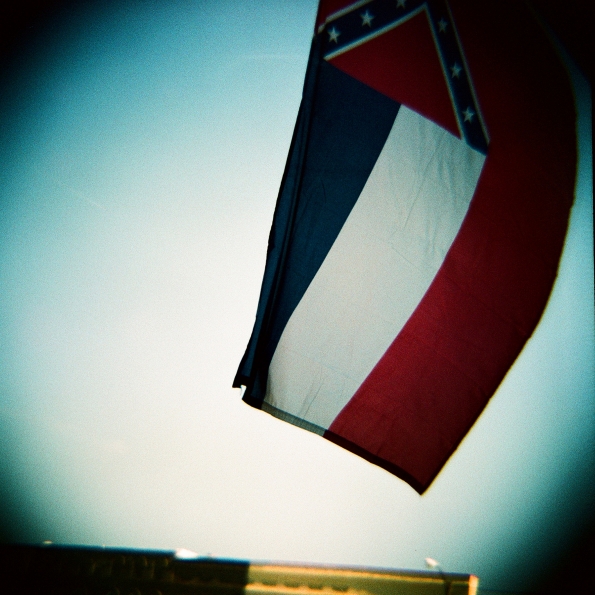
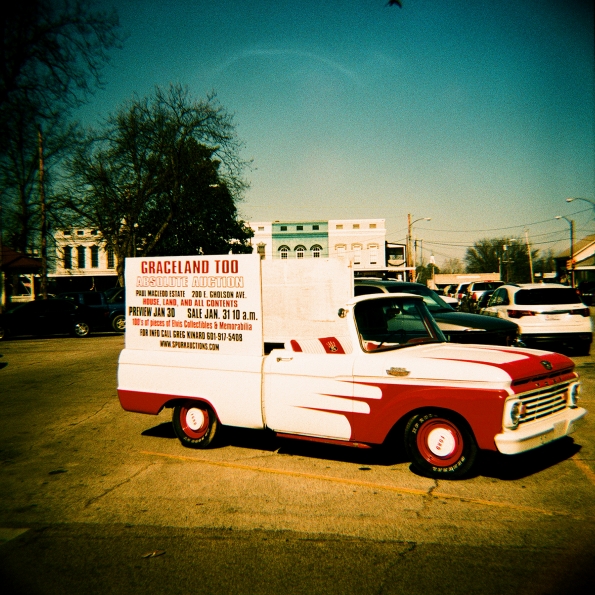
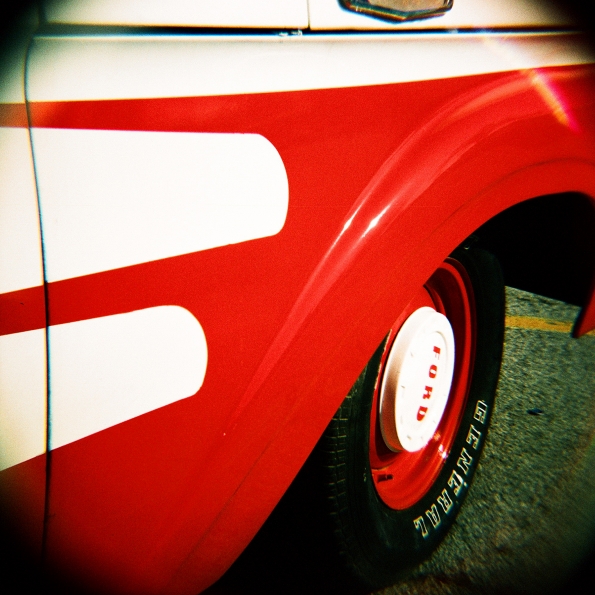 Truck advertising for the auction of Graceland Too.
Truck advertising for the auction of Graceland Too. County courthouse on the town square at Holly Springs
County courthouse on the town square at Holly Springs


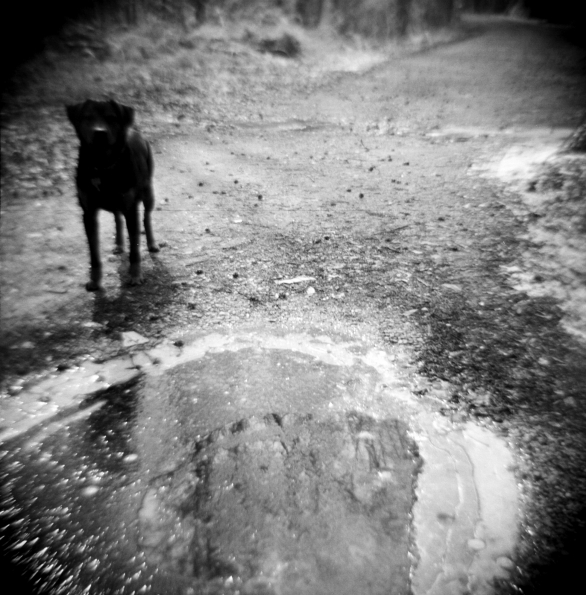
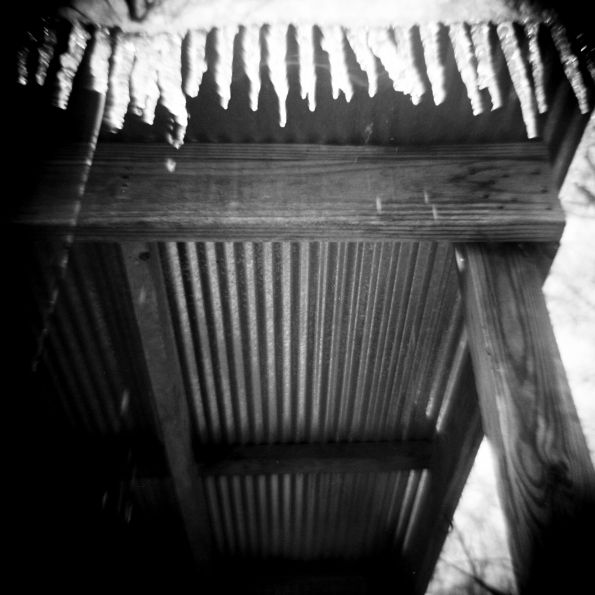
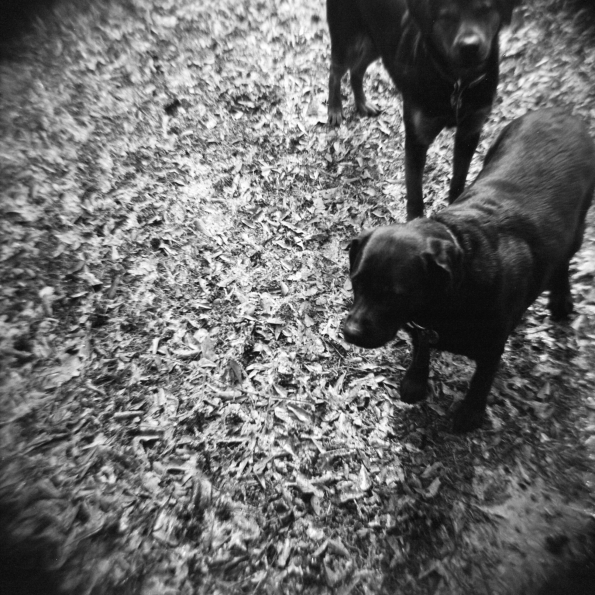

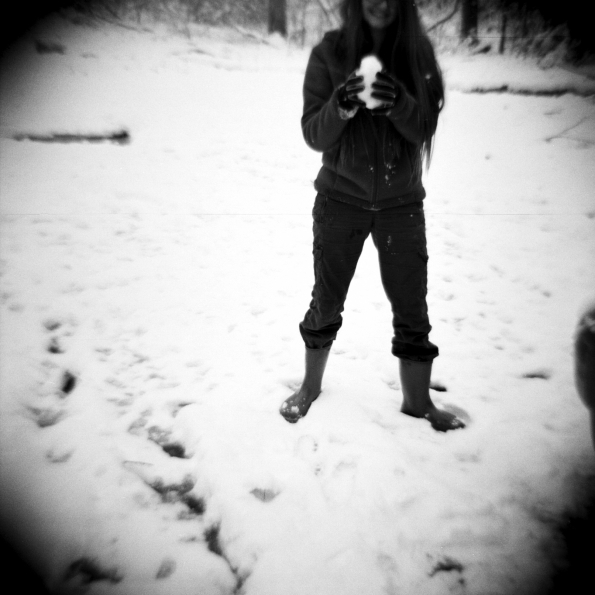



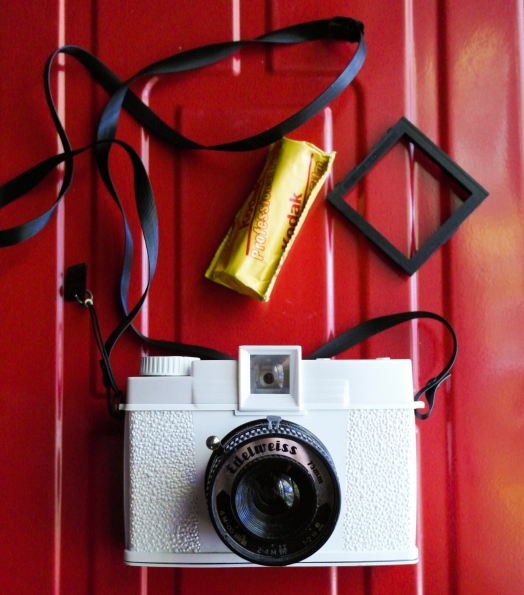
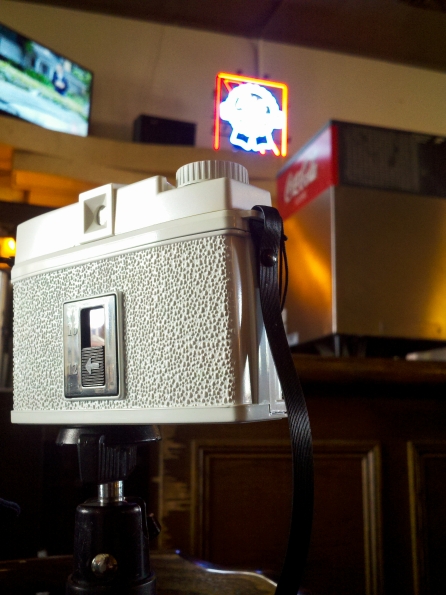 Roll #1 in progress – an attempted (unsuccessful) pinhole photo. The resulting photo is the fifth one below here:
Roll #1 in progress – an attempted (unsuccessful) pinhole photo. The resulting photo is the fifth one below here: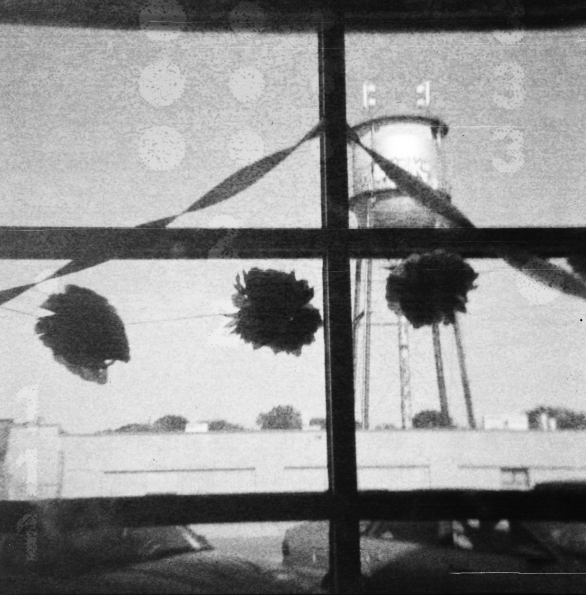
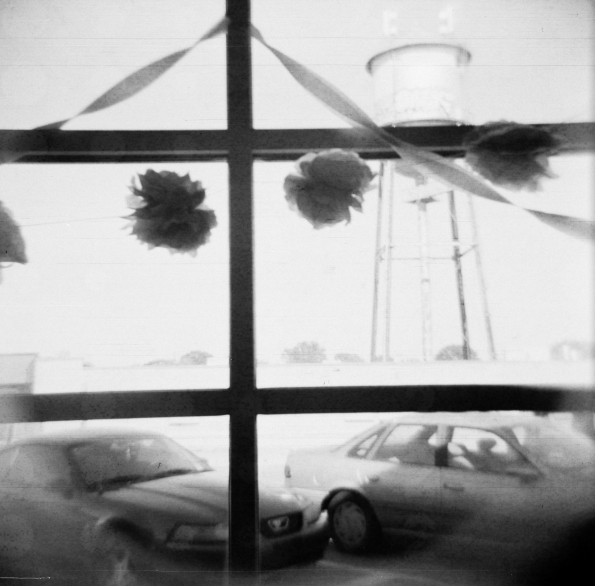
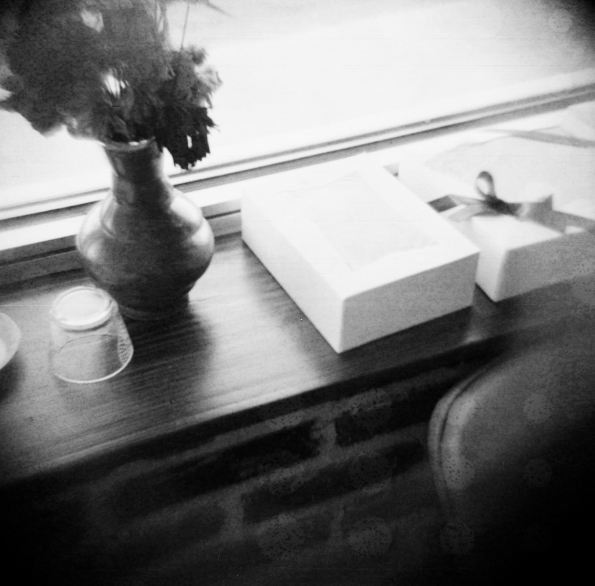
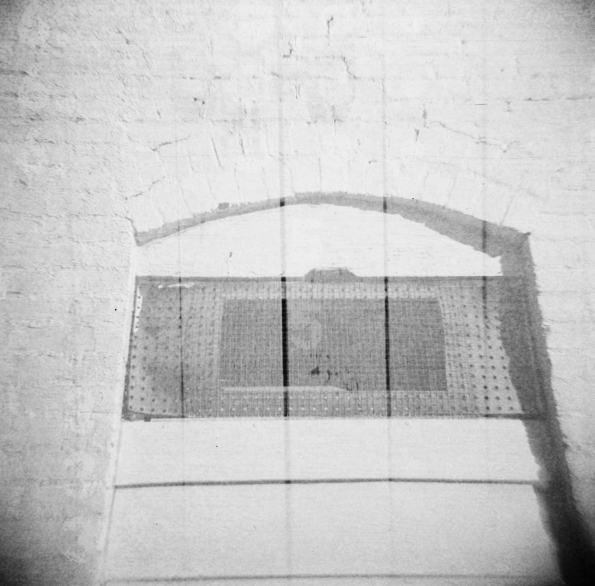
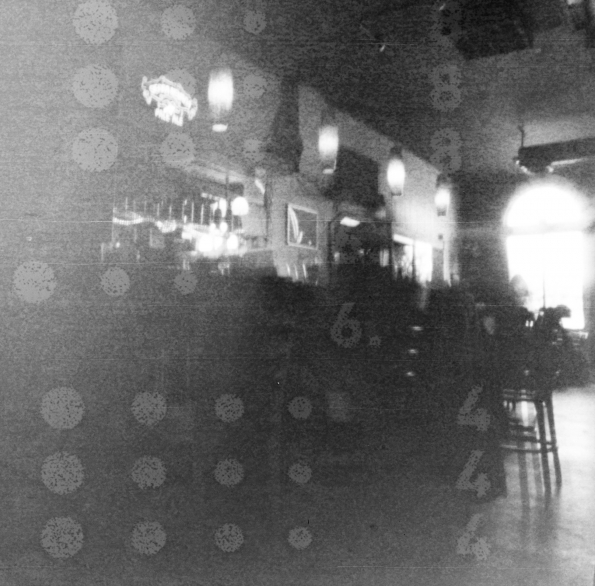
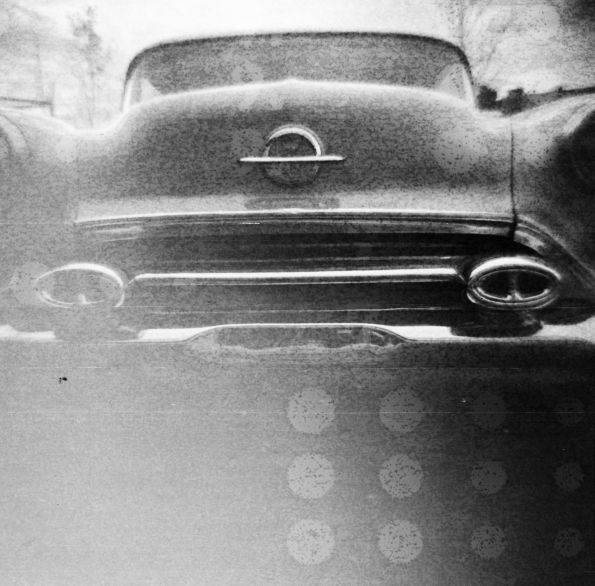
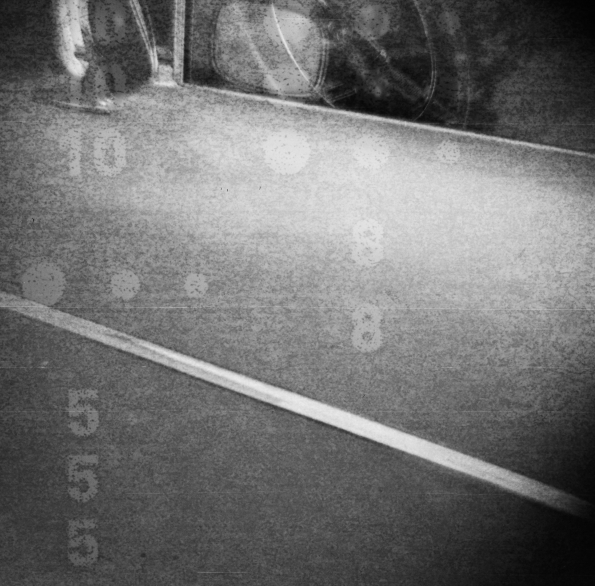
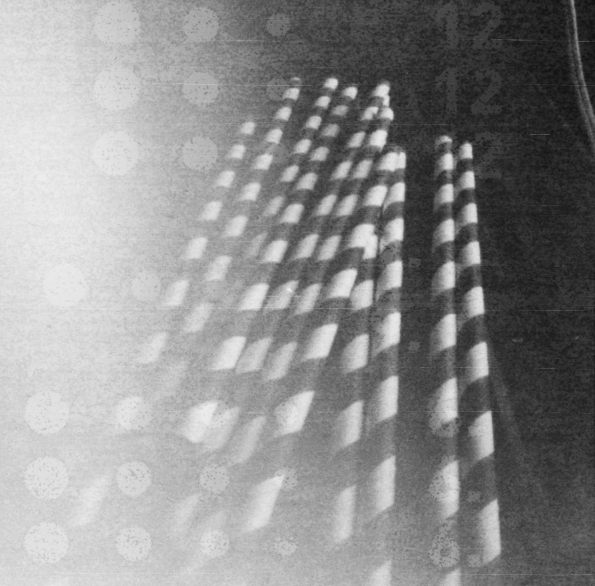 (Pinhole exposure)
(Pinhole exposure)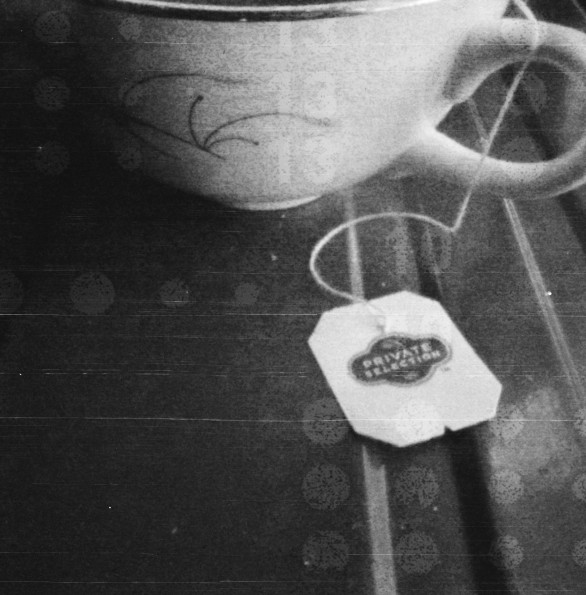 (Pinhole exposure)
(Pinhole exposure)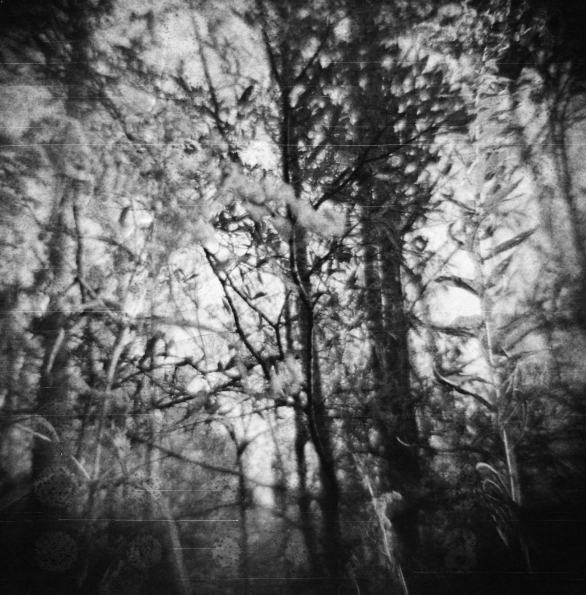
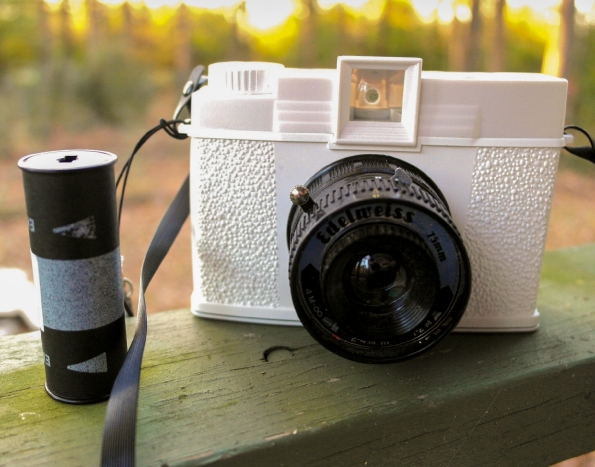 Lady Grey looks like a “fat roll” (common problem in rolls shot with Dianas.) It was just husky to begin with. Fat rolls usually have light leaks because the film isn’t tightly wound around the film spool.
Lady Grey looks like a “fat roll” (common problem in rolls shot with Dianas.) It was just husky to begin with. Fat rolls usually have light leaks because the film isn’t tightly wound around the film spool.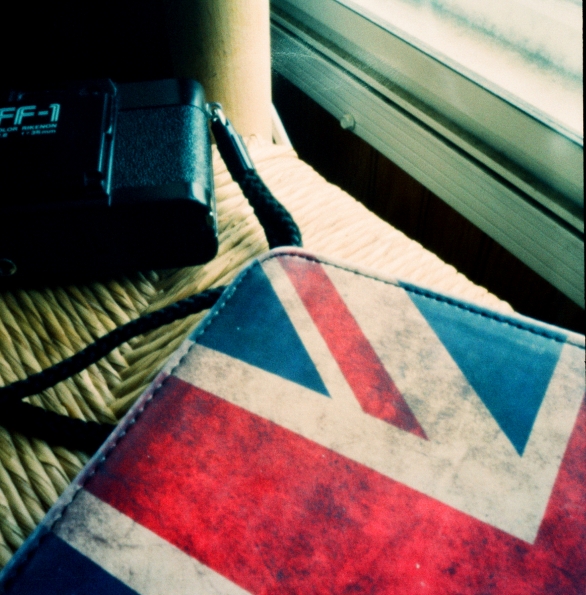 (Pinhole exposure)
(Pinhole exposure)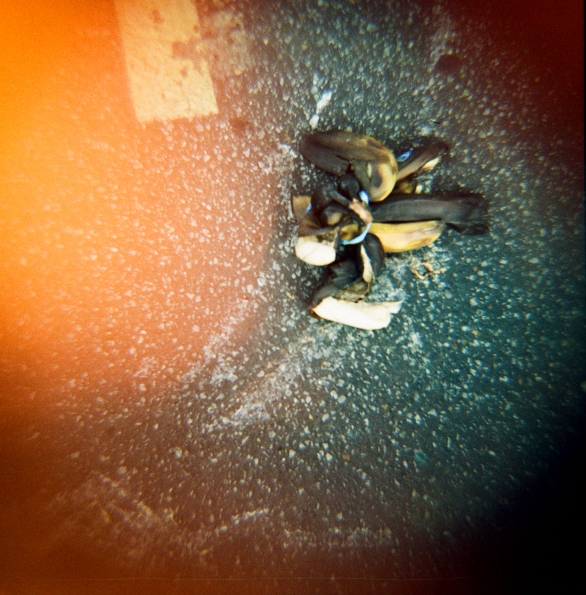
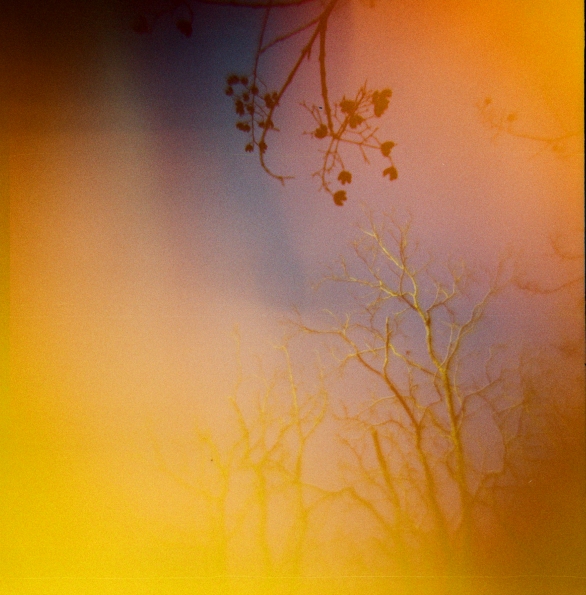
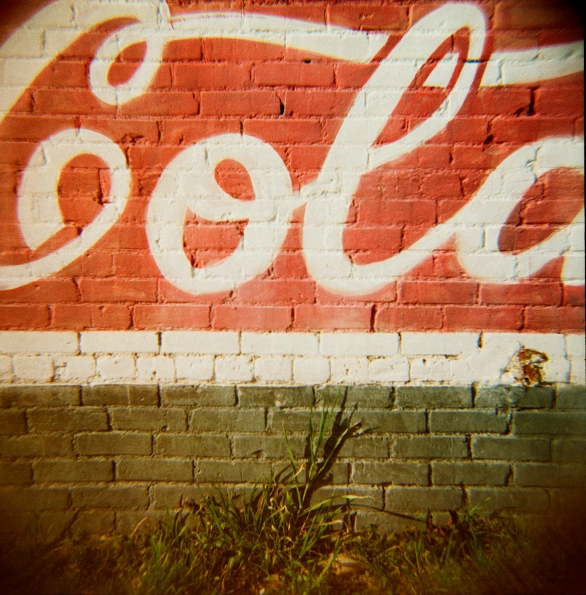
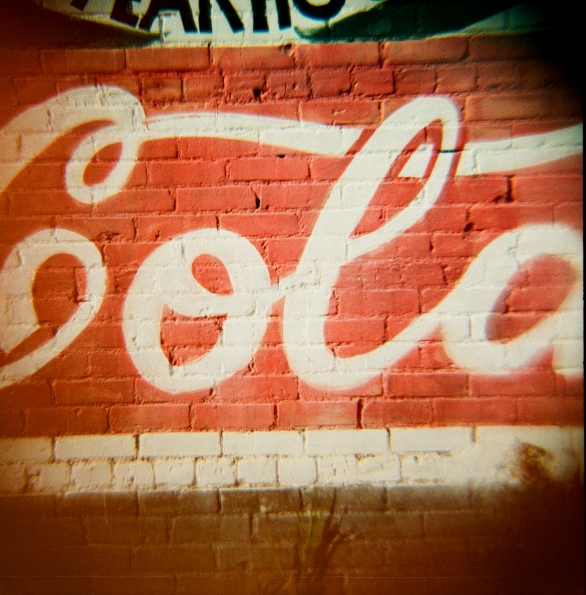
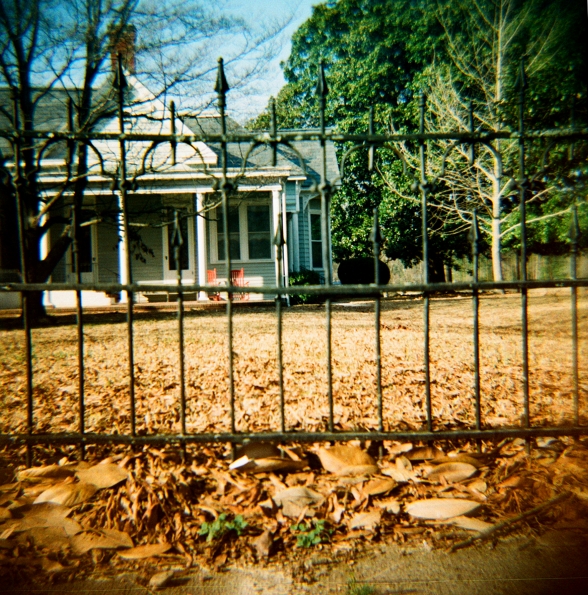

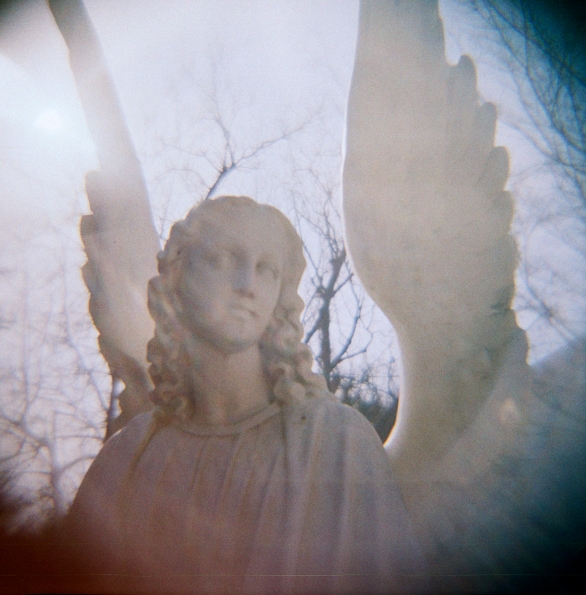
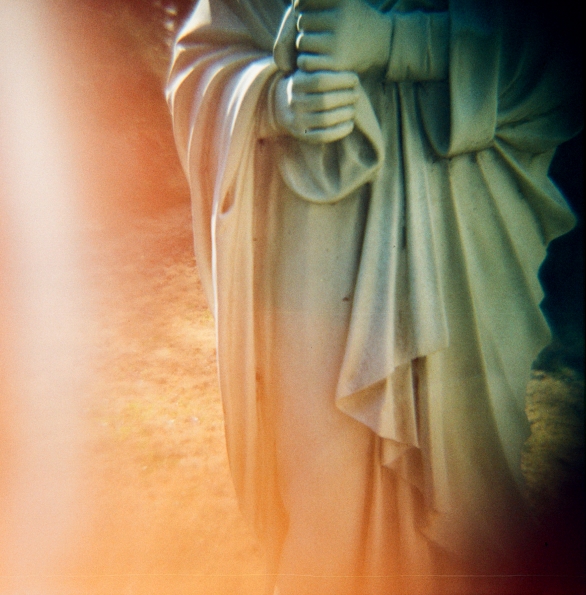

 (Pinhole exposure)
(Pinhole exposure)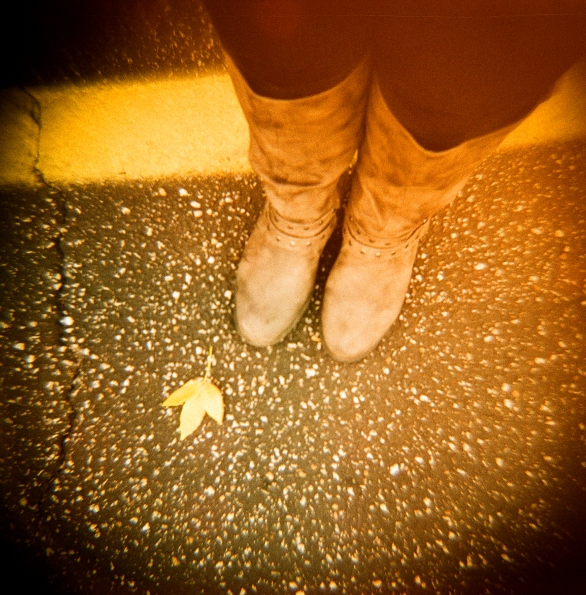
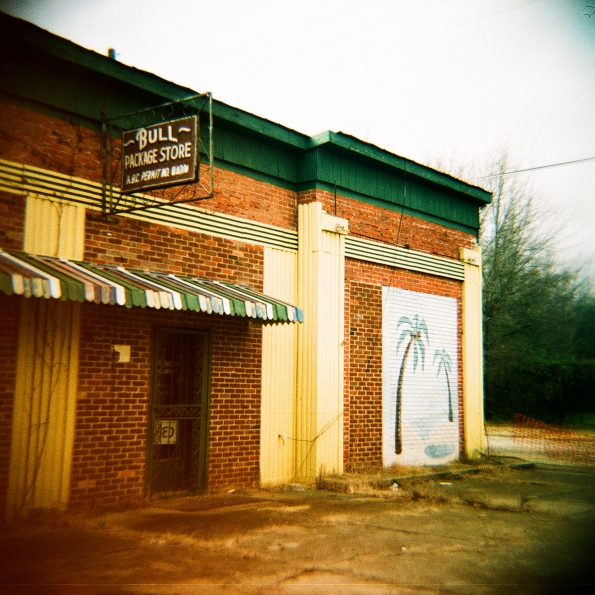

 This is actually a double exposure, but the first of the two exposure looks very faint
This is actually a double exposure, but the first of the two exposure looks very faint

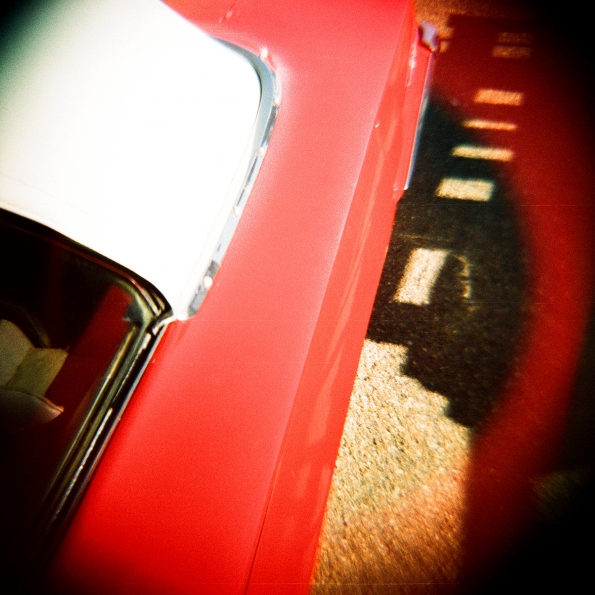

 Gasp! This picture is one of my top favourite toy camera photos now! It’s everything I could ask for in a cross-processed, toy camera photo.
Gasp! This picture is one of my top favourite toy camera photos now! It’s everything I could ask for in a cross-processed, toy camera photo.

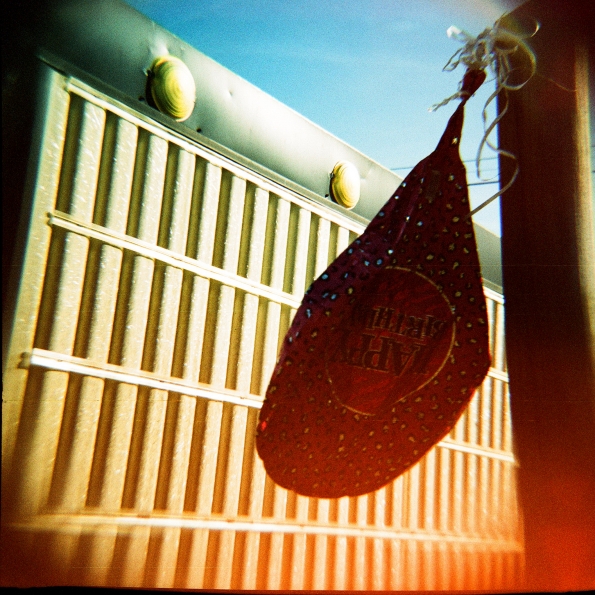
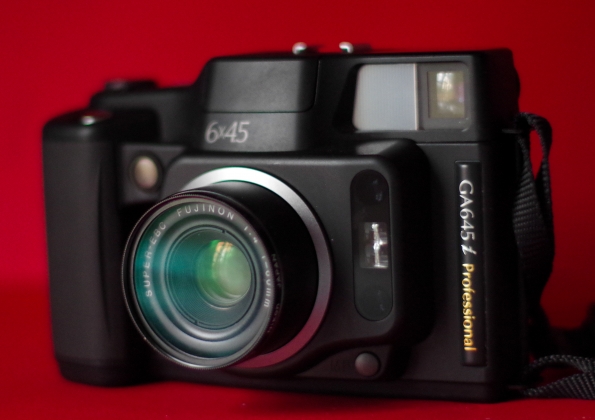
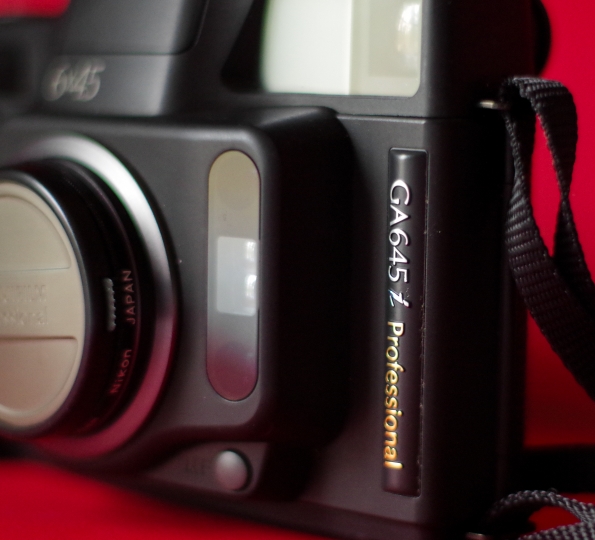
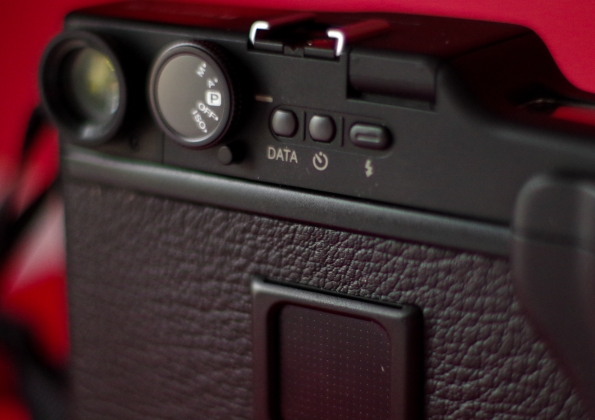 On/off/exposure mode/ISO dial, data selector button, self-timer button, flash button
On/off/exposure mode/ISO dial, data selector button, self-timer button, flash button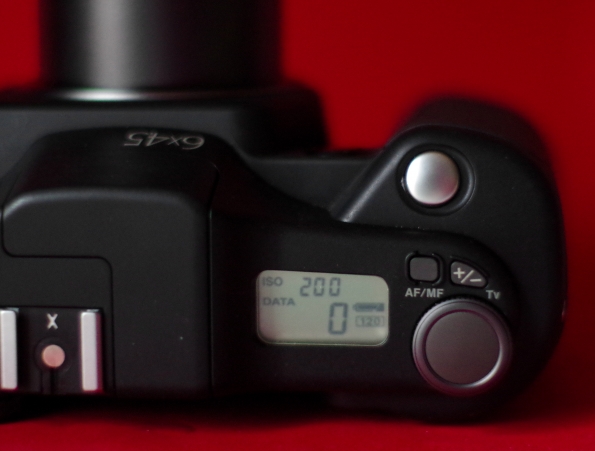 LCD info display, auto focus/manual focus selector button, exposure compensation button, and selector wheel
LCD info display, auto focus/manual focus selector button, exposure compensation button, and selector wheel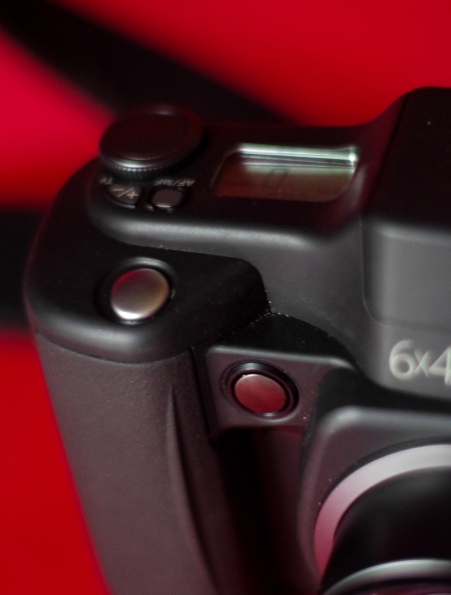 Primary shutter release on top, secondary shutter release on front
Primary shutter release on top, secondary shutter release on front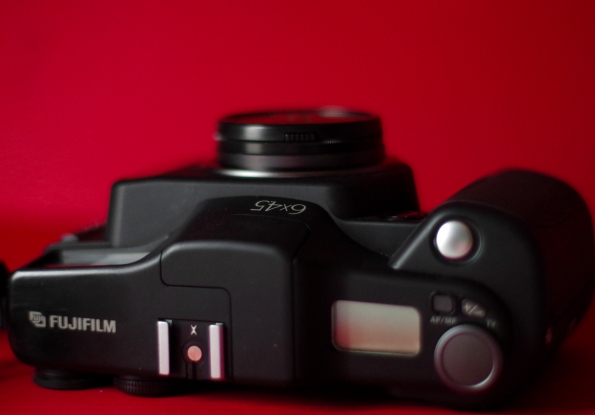 By no means a small camera, but smaller than so many other medium format cameras
By no means a small camera, but smaller than so many other medium format cameras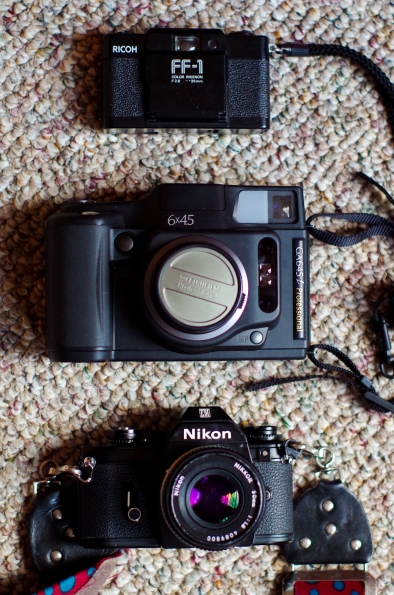 For comparison, the GA645i pictured with two of the smaller cameras I’ve traveled with: The Ricoh FF-1 above and Nikon EM below.
For comparison, the GA645i pictured with two of the smaller cameras I’ve traveled with: The Ricoh FF-1 above and Nikon EM below.